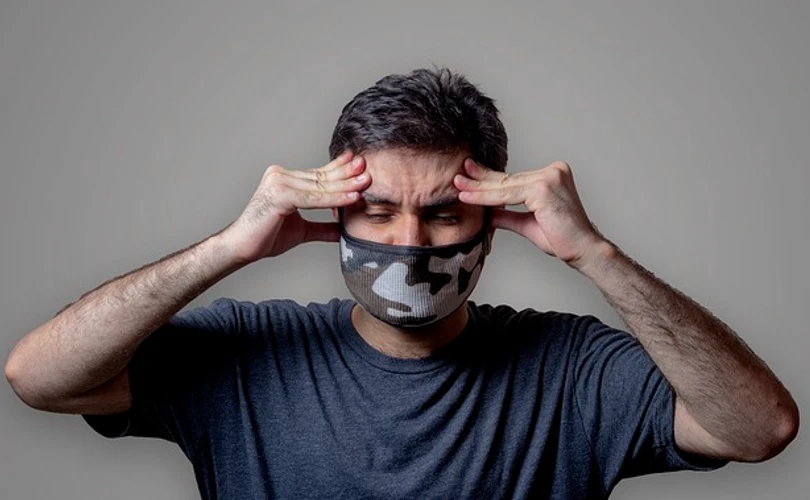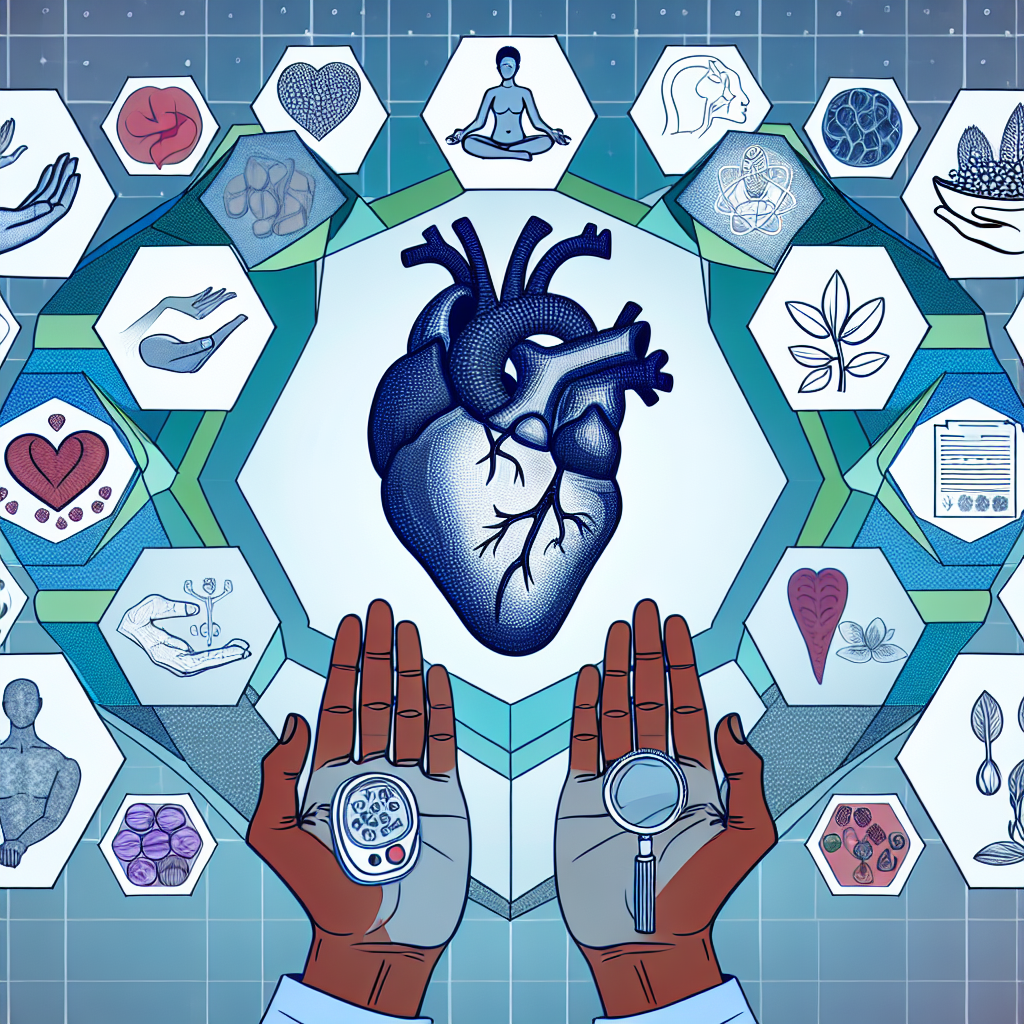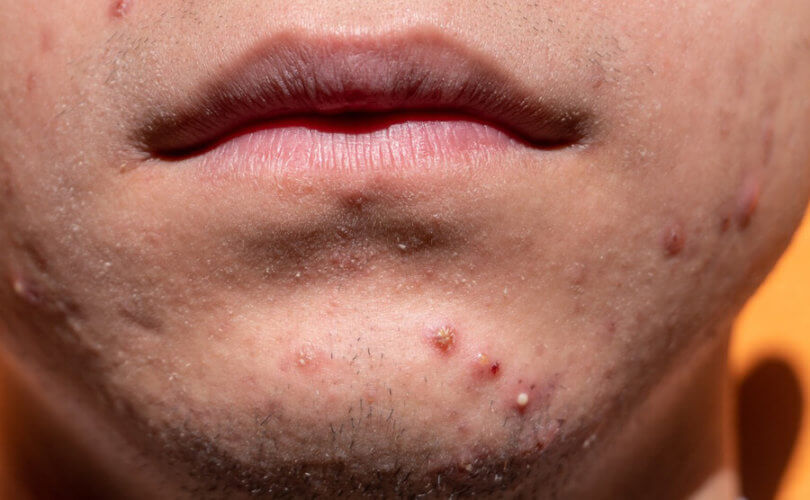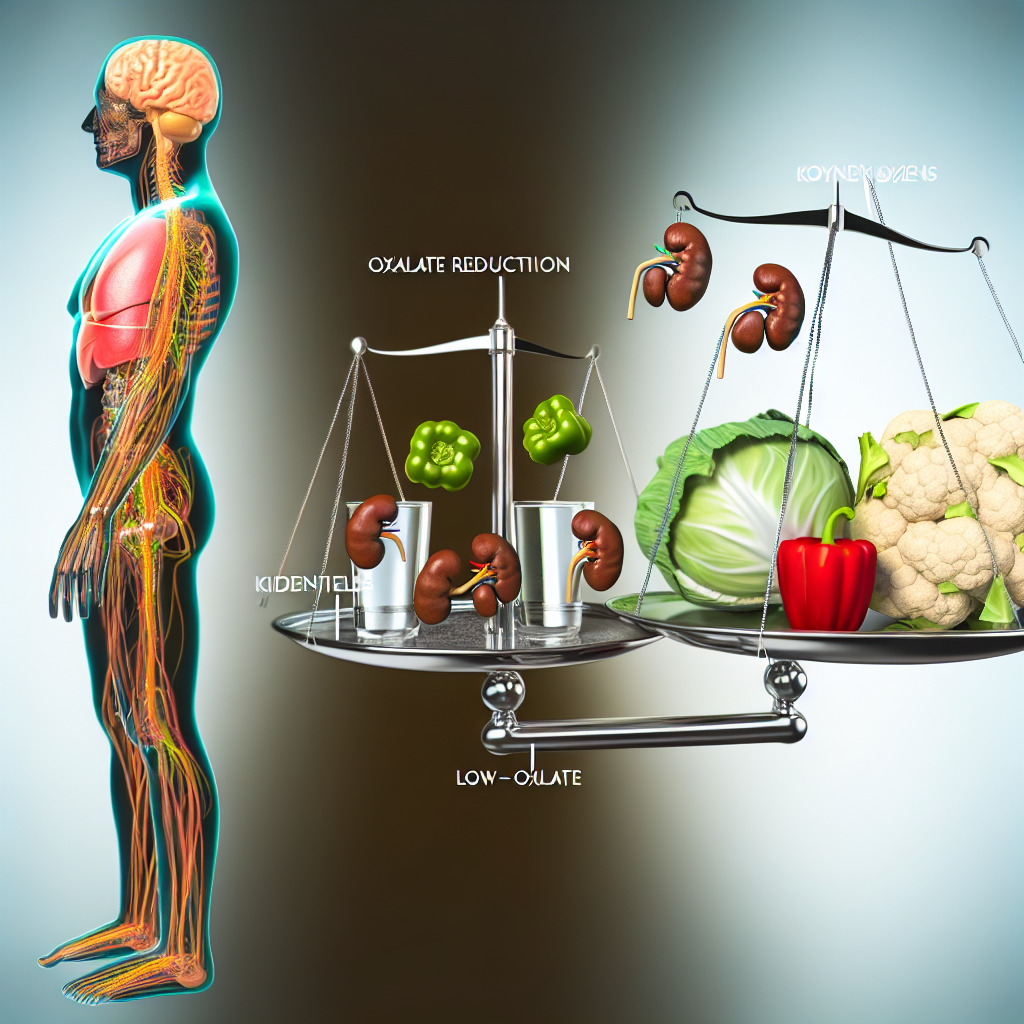Pain in the head or upper neck is what we refer to as a headache. Several factors, such as stress, anxiety, weariness, dehydration, hunger, lack of sleep, excessive use of medication, alcohol, coffee, smoking, sinus infections, head injuries, and some medical issues, can all contribute to the development of this disease.
People of all ages are susceptible to experiencing headaches, which are a frequent disorder. In the United States, they are the third most prevalent reason for people to go to the health care provider.
Headaches come in various forms, each characterized by a distinct collection of symptoms. The following are the most prevalent types of headaches:
Headache Types
The most prevalent kind of headache is tension headache. Tension headaches are very frequently experienced. A typical description of these symptoms is a dull, agonizing discomfort that mimics the sensation of a band wrapped around the head. Both stress and worry, as well as weariness, can be the root cause of tension headaches.
Headaches caused by migraines: Migraine headaches are more severe than tension headaches but are less common than tension headaches. One side of the head is typically affected by the throbbing pain commonly described as associated with them. Headaches brought on by migraines are frequently accompanied by other symptoms, including light and sound sensitivity, nausea, and vomiting.
Cluster headaches are headaches that most commonly affect men rather than women. Cluster headaches are exceptionally uncommon. One side of the head is typically affected by these conditions: acute and sharp pain. Several headaches that occur within a short period are called cluster headaches. Cluster headaches frequently occur in clusters.
Headaches originating in the sinuses are thought to be brought on by inflammation. The cheeks, the forehead, and the area around the eyes are frequently the sites of discomfort when they are present. Colds, sinus infections, and allergic reactions are all potential causes of sinus headaches.
Headaches that come on quickly and reach their peak within minutes are known as thunderclap headaches. Thunderclap headaches, one of the most severe types, come on unexpectedly. They are frequently referred to as the most excruciating headache that a person has ever experienced in their entire life. Several different conditions, such as brain aneurysms, blood clots, and strokes, are capable of causing individuals to experience thunderclap headaches.
Headaches that are induced by hormones: Hormonal headaches are brought on by fluctuations in hormone levels. Menstruation, pregnancy, and menopause are the three most common causes of these conditions, which are most prevalent in females.
The patient’s medical history and the results of a physical examination are typically used to diagnose headaches. Sometimes, to rule out other possible causes of headaches, further tests like magnetic resonance imaging (MRI) or computed tomography (CT) scans are required.
Treatment for headaches is contingent on the kind of the headache and the degree of its intensity. When it comes to treating headaches, a variety of medications may be utilized, both over-the-counter and with a prescription. Additional treatments, such as biofeedback or relaxation techniques, could be beneficial in certain circumstances.
Visit a medical professional if you are getting headaches to discover the reason for the headaches and receive the most effective treatment.
To avoid headaches, here are some possible solutions:
Get a sufficient amount of sleep.
Eat at regular intervals.
Be sure to drink plenty of water.
Control your tension.
Caffeine and alcohol should be avoided.
Give up smoking.
Maintain a regular exercise routine.
Consult a medical professional if you get severe or frequent headaches.

Dominic E. is a passionate filmmaker navigating the exciting intersection of art and science. By day, he delves into the complexities of the human body as a full-time medical writer, meticulously translating intricate medical concepts into accessible and engaging narratives. By night, he explores the boundless realm of cinematic storytelling, crafting narratives that evoke emotion and challenge perspectives.
Film Student and Full-time Medical Writer for ContentVendor.com



